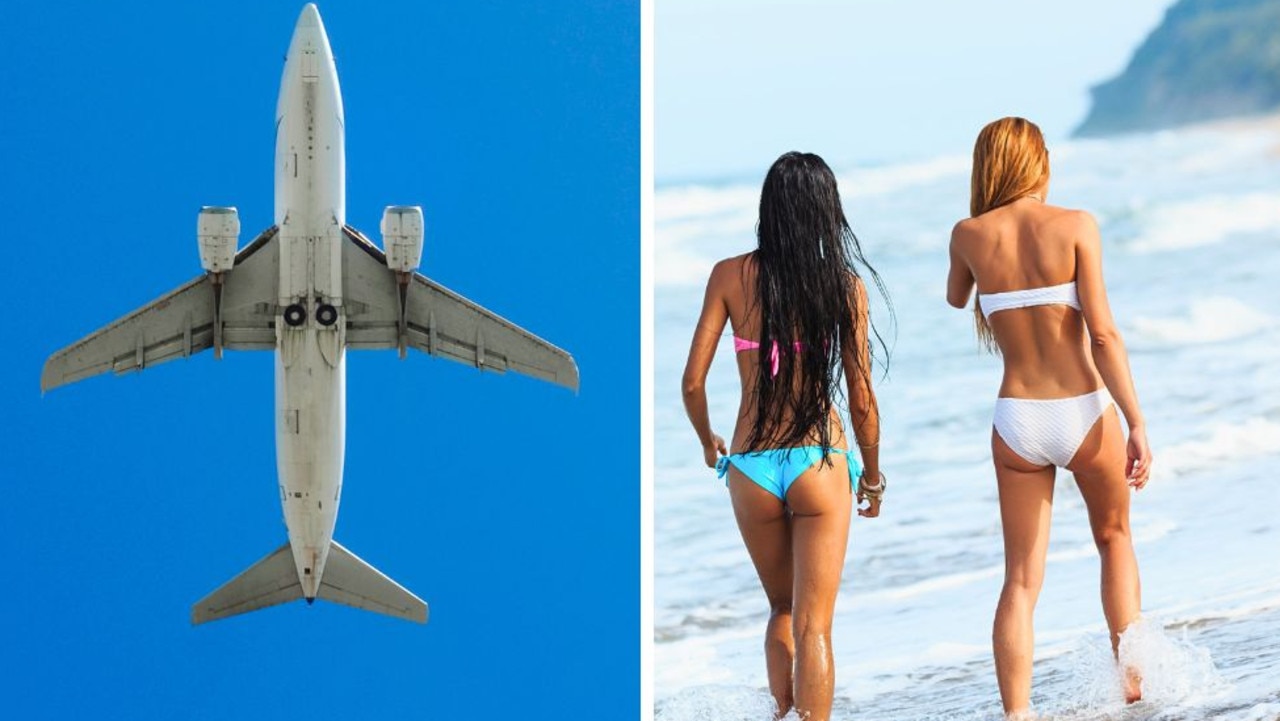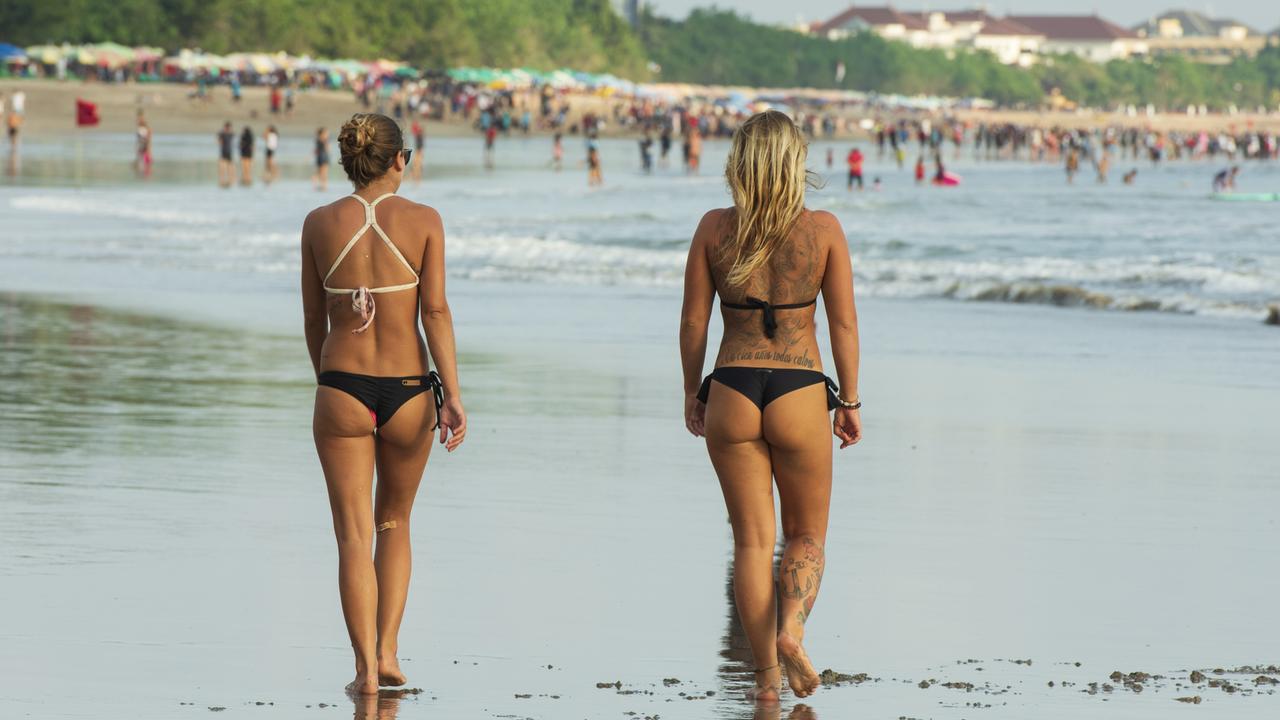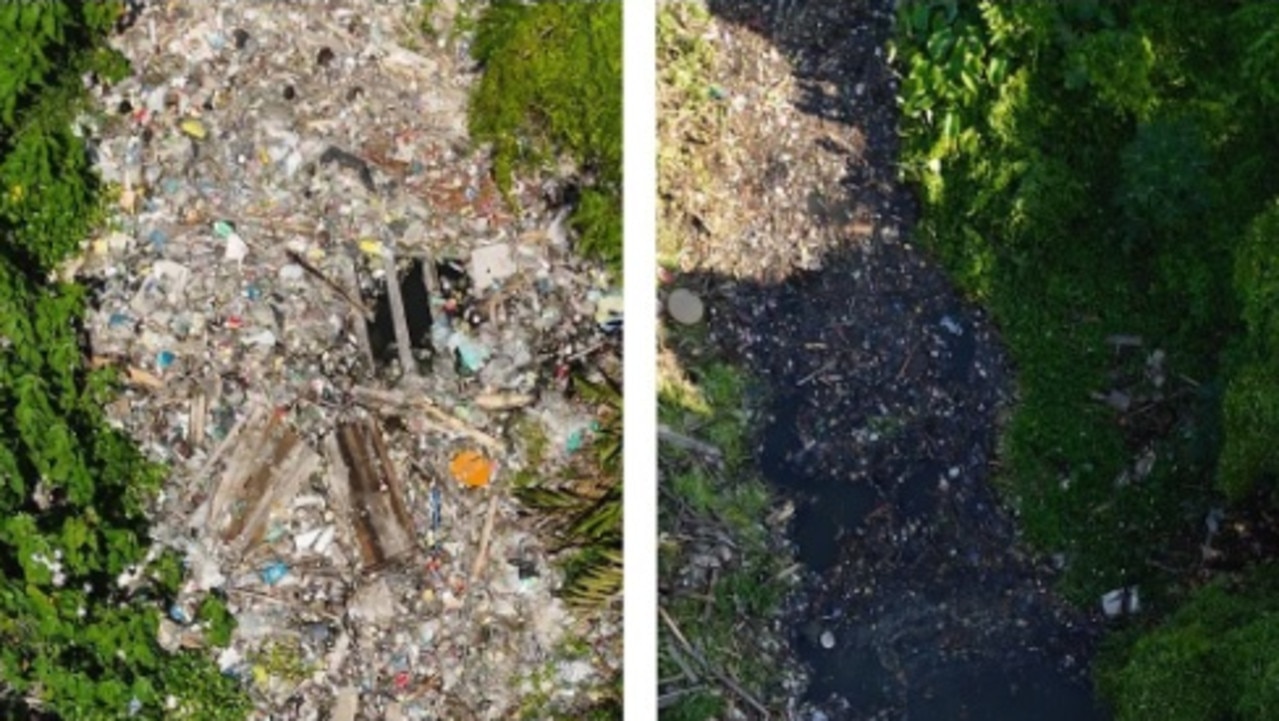‘Wonderland’: How Nuanu City is changing the face of Bali tourism
A futuristic city in Bali has to be seen to be believed, and could be straight out of a Simpsons episode.
Another prediction from The Simpsons has seemingly come true in a hidden corner of Bali.
Cast your mind back to 1996 and you may remember “You Only Move Twice”, an episode which sees Homer move the family to a planned community called Cypress Creek.
With beautiful parklands, a state of the art school, brand new homes, and technology integrated into all parts of life, this place runs rings around Springfield.
Fast forward to 2024 and it’s hard not to see parallels to Nuanu City, a brand new, futuristic creative hub at Nyanyi, a beachside region around 30 minutes from Canggu.
It’s high-concept, aspirational and ambitious, and once fully opened to the public in September, will feature dedicated spaces for education, art and culture, all integrated with the surrounding environment.
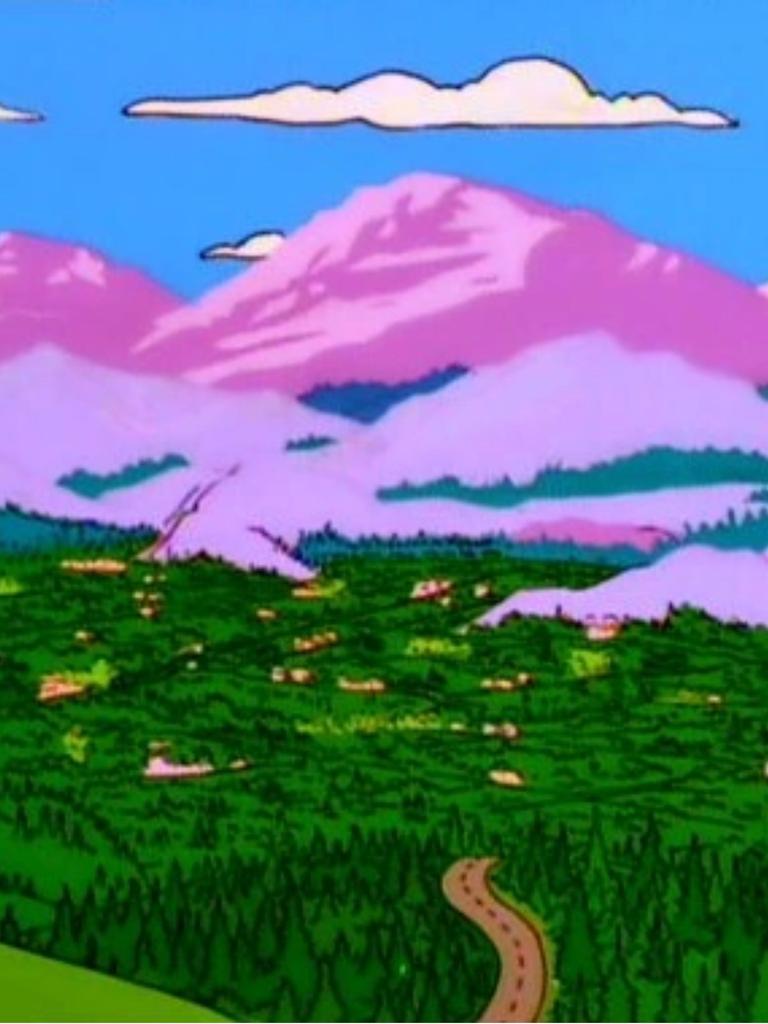
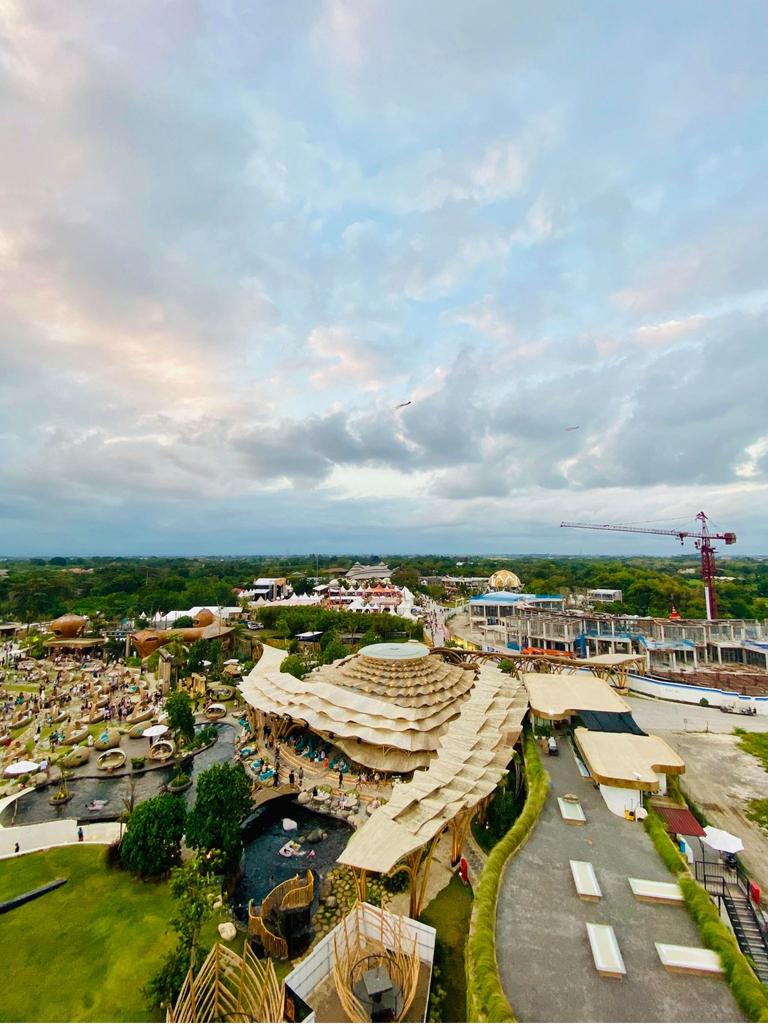
Much like Bart and Lisa’s new school in Cypress Creek, Nuanu’s ProEd Global School has a tailored curriculum and high teacher to student ratio, with plans to open a high school and university also in the works.
Remember how technology took care of Marge’s housework? Well, it’s hoped an artificial intelligence system called Aurora will soon run much of Nuanu’s day-to-day activities.
And like the Hank Scorpio character from The Simpsons episode in question, there’s even a visionary behind Nuanu (I’m talking the genius kind, not an evil one), and that’s Russian entrepreneur Sergey Solonin.

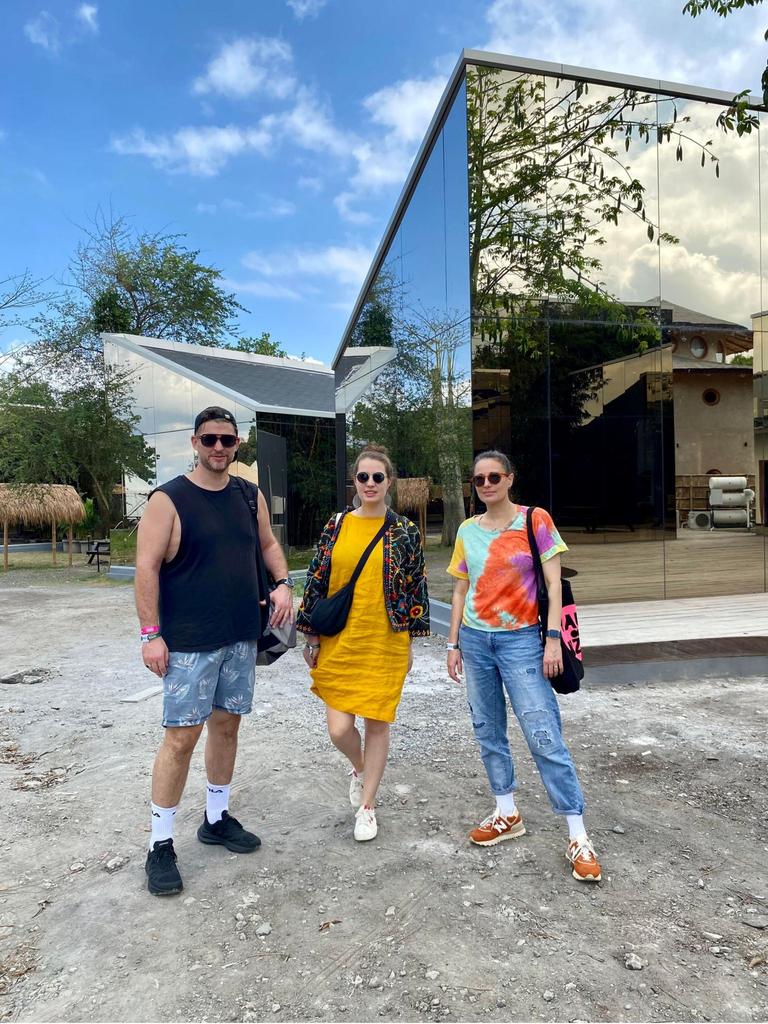
Credited with delivering major IT and education projects for more than two decades, Sergey searched places in Thailand and Hawaii to build Nuanu, before eventually settling on Bali.
Which is where I find myself sitting in a lavish boardroom among a pack of journos, waiting for a meet and greet with Sergey.
We’re handed flutes of champagne and welcome packs, which include a jam-packed itinerary and a map of the park.
It all feels like being inside Jurassic Park minus the dinosaurs.
Moments later, Sergey bursts through the door with the energy and enthusiasm of Dr John Hammond, taking our questions and talking us through his vision for Nuanu, which was to create the “best place to live, work and play all rolled into one”.
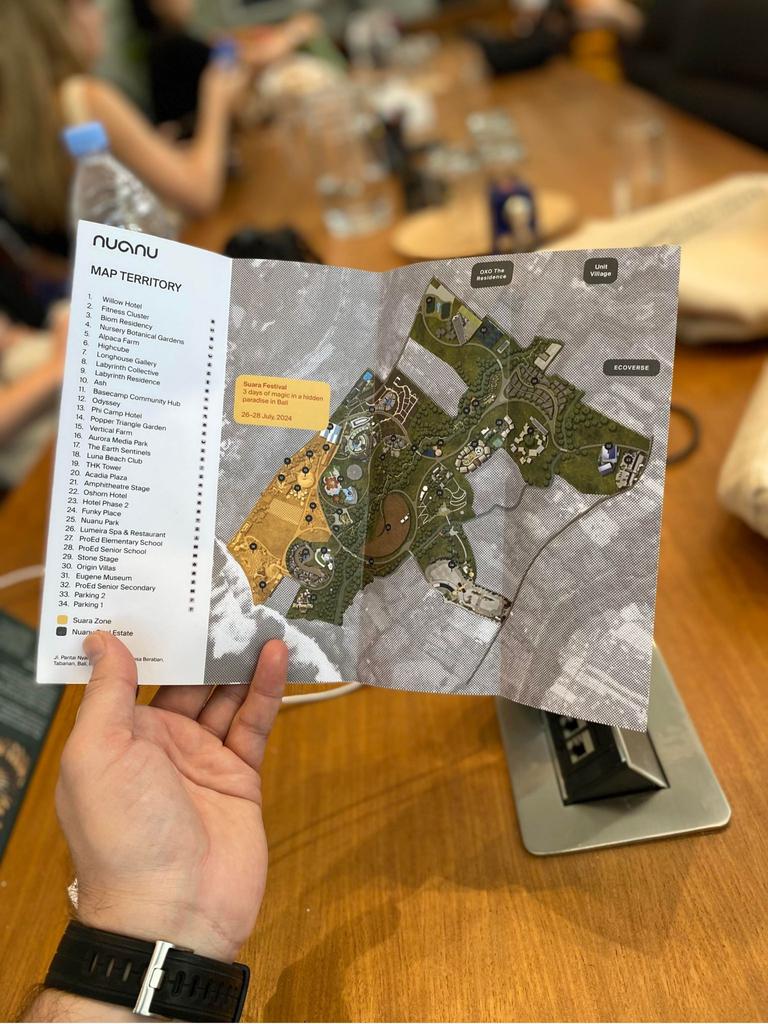
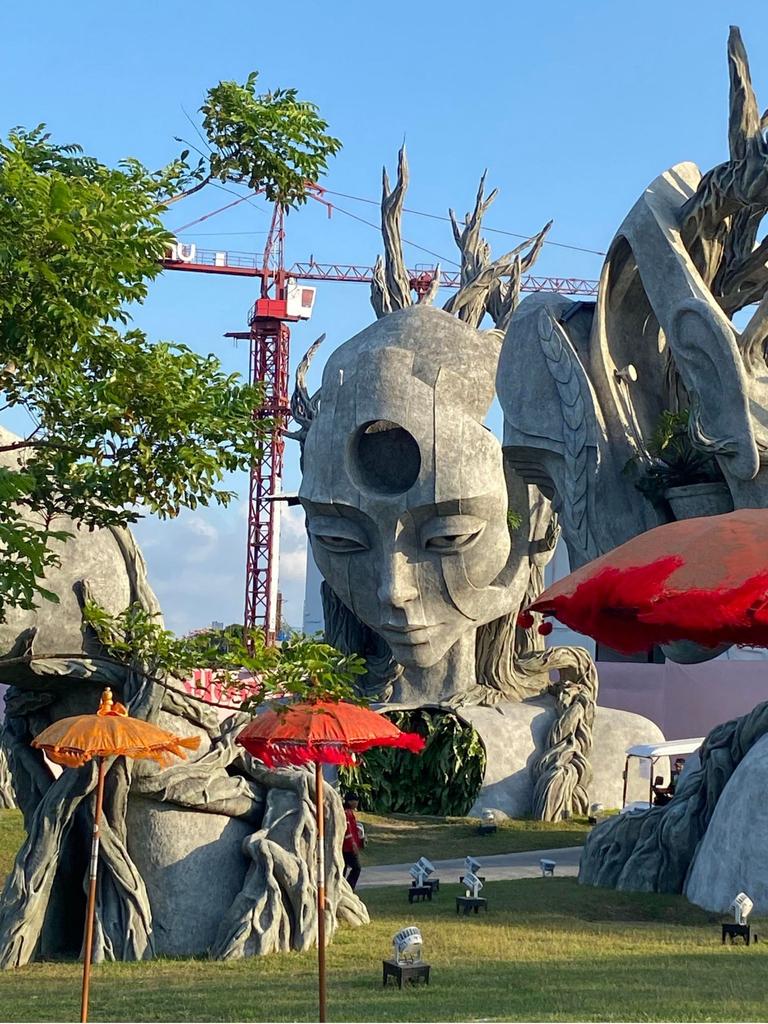
“Please come, enjoy, see what I have made. We are doing something that you cannot find anywhere in the world,” Sergey says.
“We are opening a new chapter where we’ve integrated art and nature together.”
A man of his word, Sergey has spent four years building this “wonderland” for visitors who want to “feel like a kid” once more.
“When we become adults, we’re not surprised anymore. I’m trying to get to this sweet spot, this feeling [at Nuanu] that you’re like ‘wow’ where you’re surprised by different architecture or art,” he says.
“Beauty is very important in this world and you have so many things happening, I think beauty is something that is really, really important to help this world to thrive.”
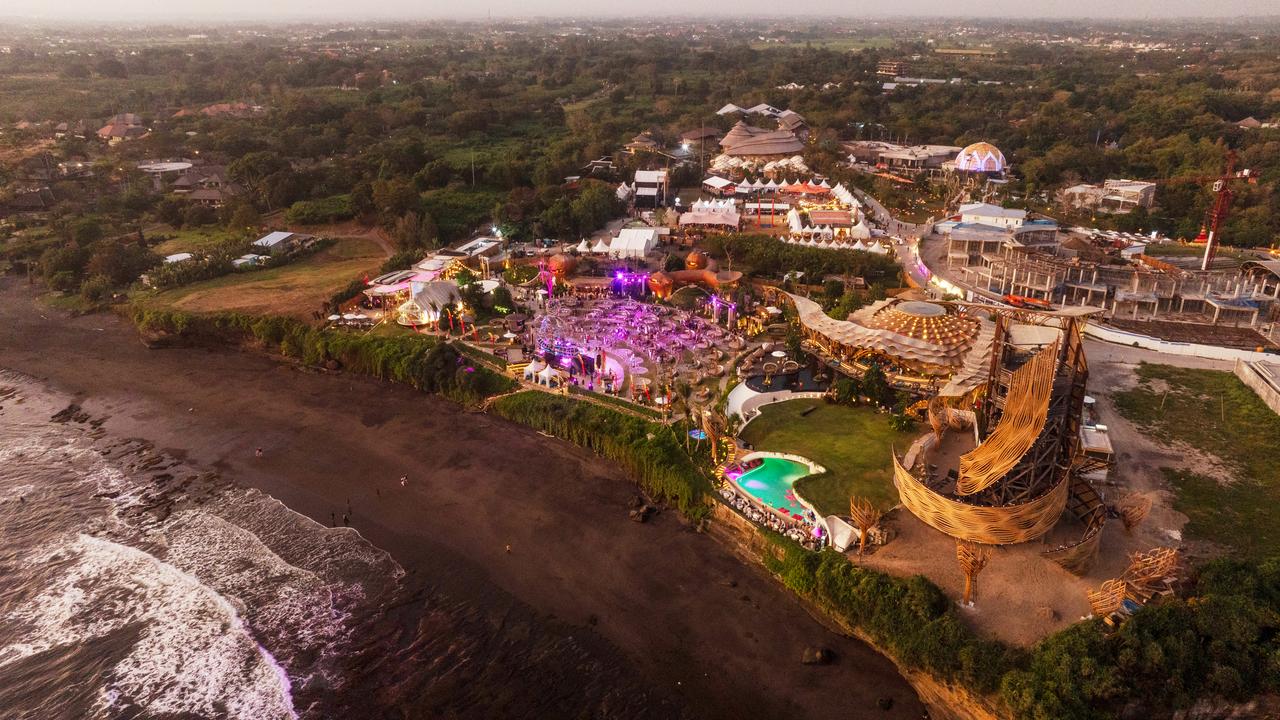
Living at Nuanu ‘In the Process’
Nuanu is indeed beautiful, and with many parts still under construction, its name is fitting.
Nuanu comes from the Balinese word “Nu-anu” meaning “in the process”, a manta that’s been embodied as an overall philosophy for the city across five pillars of education, arts and culture, nature, health and wellness, plus living and lifestyle.
In a “search for the future”, we’re told these values reflect a commitment to building a global community of change-makers, and to help foster collaboration, authenticity, innovation and creativity.
And clearly, careful thought and planning has gone into everything. It’s like there’s some magic in the air and it’s inspiring to see.
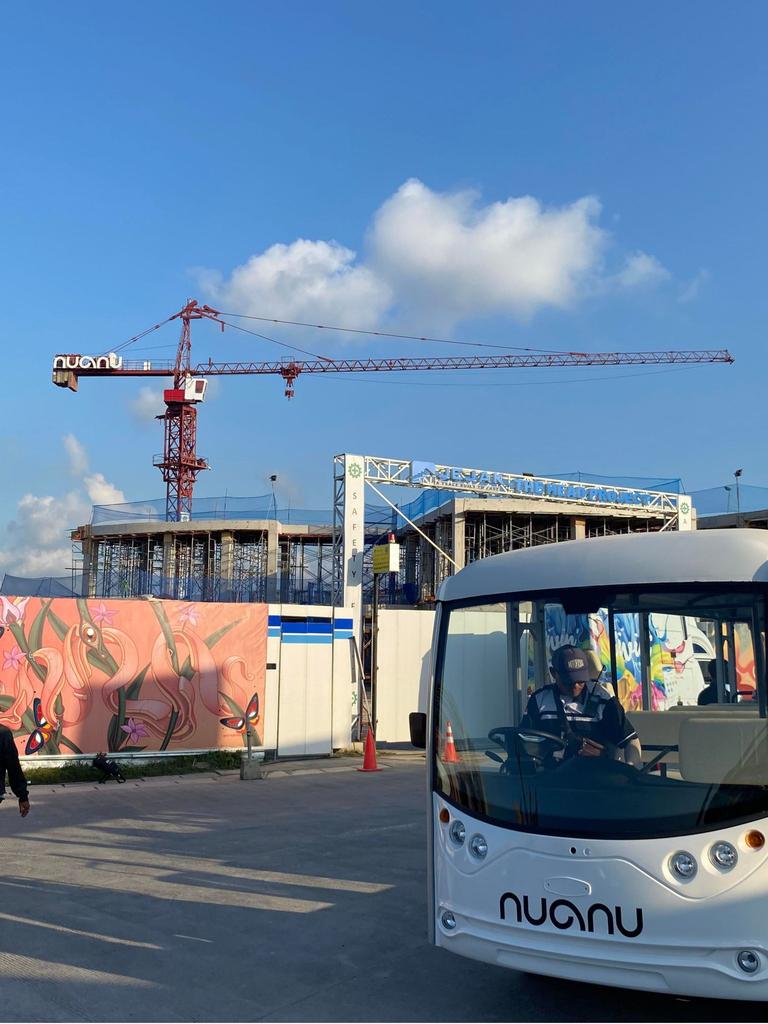
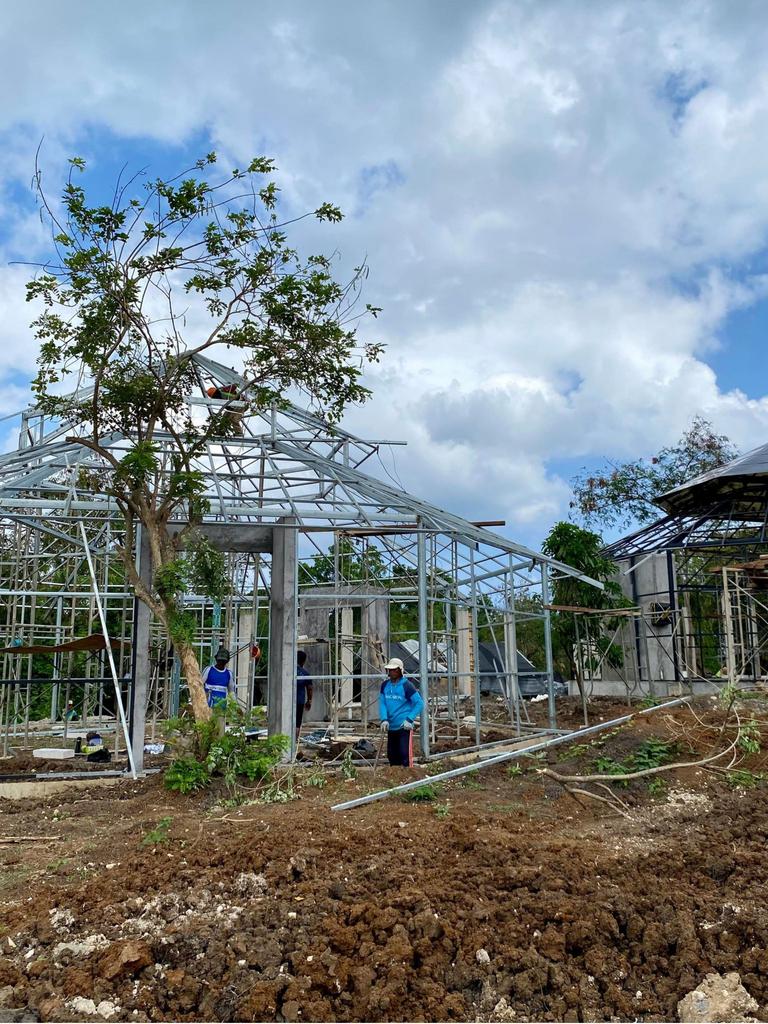
Touring the facility in electric buggies, cranes tower over near-finished buildings, while scaffolding and temporary fencing is masked with artist’s impressions of what’s to come, including luxury apartments, large event spaces and a plaza of shops.
At Lumeira, a nearly-finished day spa, bags of concrete and wheelbarrows will be soon swapped for plunge pools, and time unwinding in the world’s largest, dome shaped sound healing sauna.
And at the luxury hotel Oshom, it won’t be long before guests will soak up sunset views on the rooftop bar, while finding Zen time in each hotel room, which will be fitted out with a dedicated meditation corner.
It’s not all a building site though.
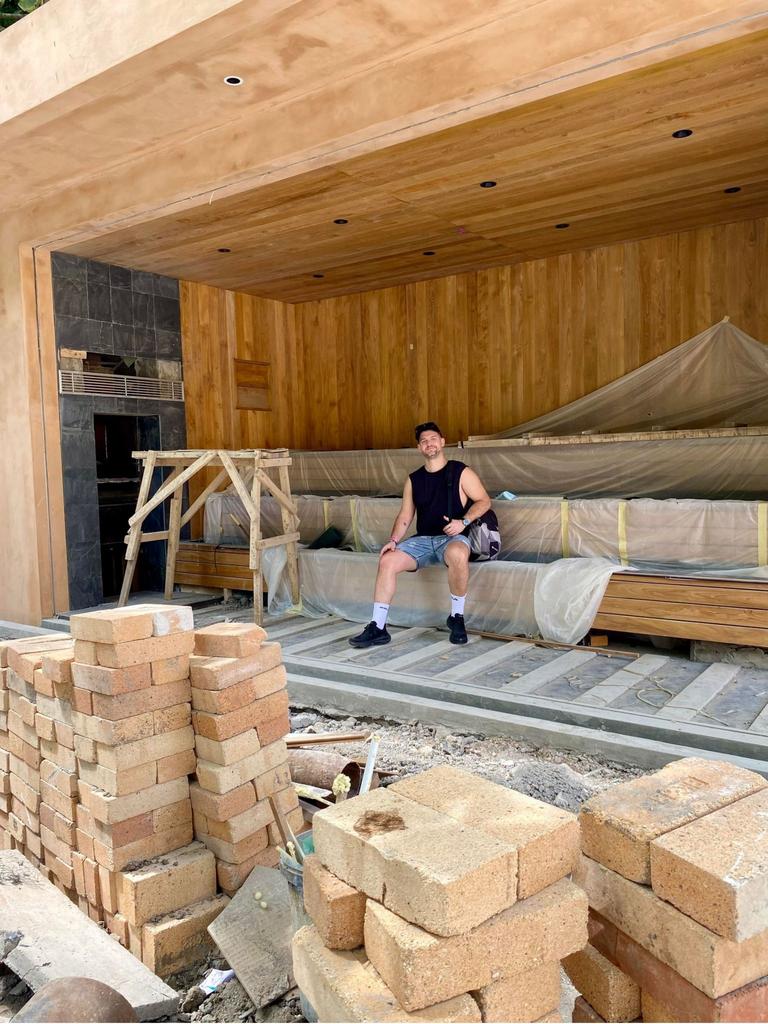
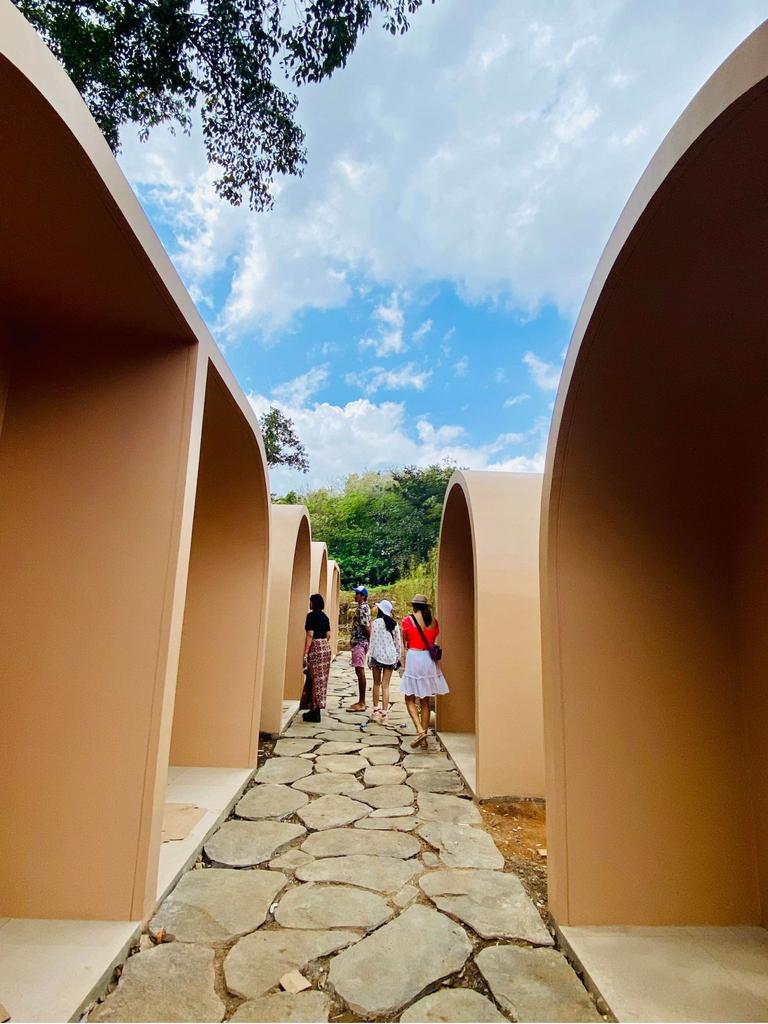
Many of Nuanu’s facilities are already operational, including music recording studios, the Ash Yin and Yang spaces for talks, yoga and breathwork, and a luxury beach club called Luna.
There’s even a working alpaca farm, with Will Smith and Pumpkin among the local residents.
A cross between a resort, a day club, a sprawling nature park and a co-working space, this city is like nothing I’ve ever experienced, and feels like I’m in a science fiction movie in the best way, and has to be seen to be believed.
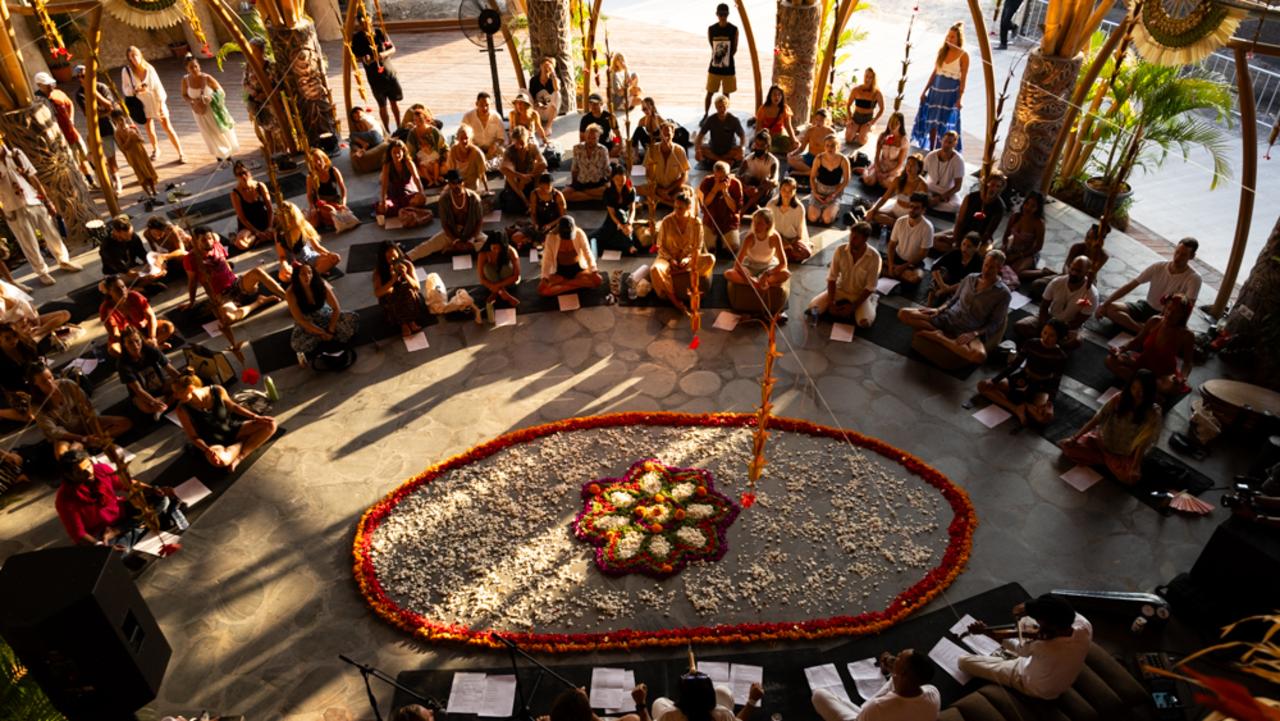
Artificial intelligence takes centre stage
The “wow factor” Sergey speaks of is in full force as we pass a looming pair of giant statues, towering over us as we drive up the main road towards the Nuanu’s centre.
This is the Earth Sentinels installation from South African artist Daniel Popper, and once the sun goes down, their faces spring to life with ominous AI-powered projections.
In time we’re told they’ll be able to communicate with those passing by.
For now, we’re treated to a Balinese dance performance, including fire twirlers and traditional dress beneath the guardians – a real time example of how Nuanu is blending the future with the past.
Our guide Kelsang takes us through a special forest walk, known as Aurora Media Park. Also powered by A-I, it’s a dazzling interactive light show built along a kilometre stretch of riverside pathways.
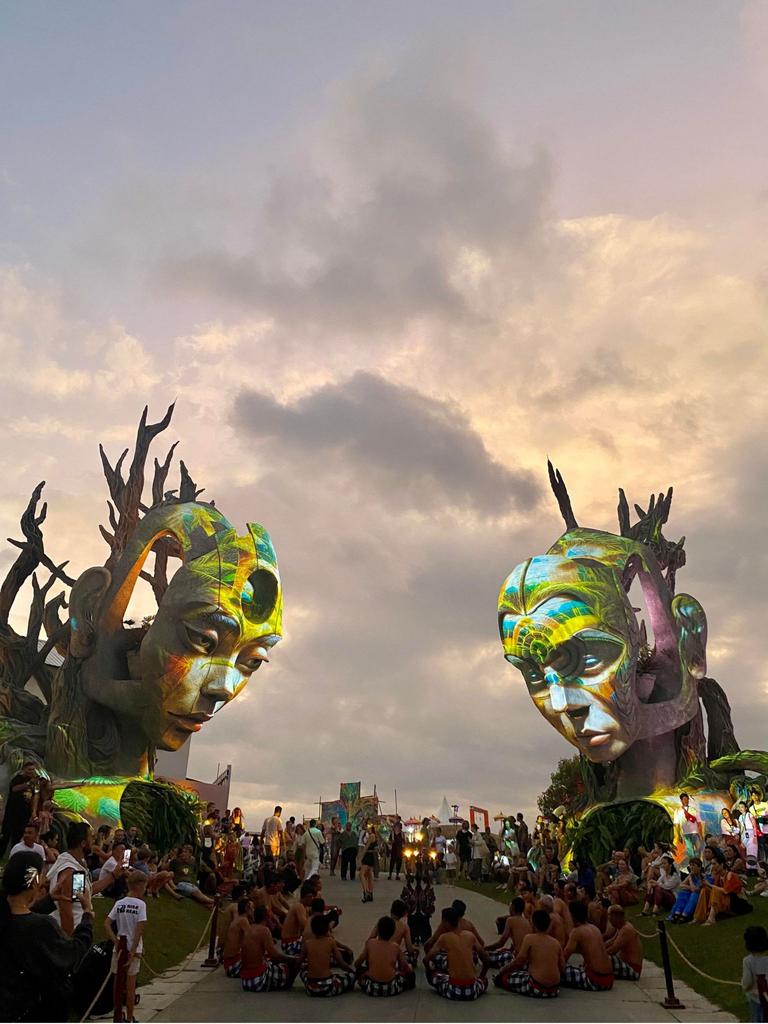

Imagine Sydney’s Vivid Festival but held inside the middle of a rainforest, it’s not something I’d normally expect to see but it’s incredible watching the exhibit breathe to life in splashes of light, sound and colour, reacting to the movement of those walking past.
The surprises keep coming – along the jungle trail, we discover several music stages and chill out spaces, set up with bars and DJs.
Creating environmental harmony
The next morning, we climb more than 100 steps to the top of the THK Tower, designed by French architect Arthur Mamou-Mani. This will also feature A-I powered projections and stand as a futuristic lighthouse for the region.
Here, with clear 360 views of Nuanu, I can see extensive greenery enveloping the nearby buildings, which is part of a deliberate move to preserve the local environment.
Previously used for cattle grazing and rice farming, developers were given permission to clear up to 70 per cent of green space, but have instead committed to using just 30 per cent, and there’s extensive efforts around conservation.
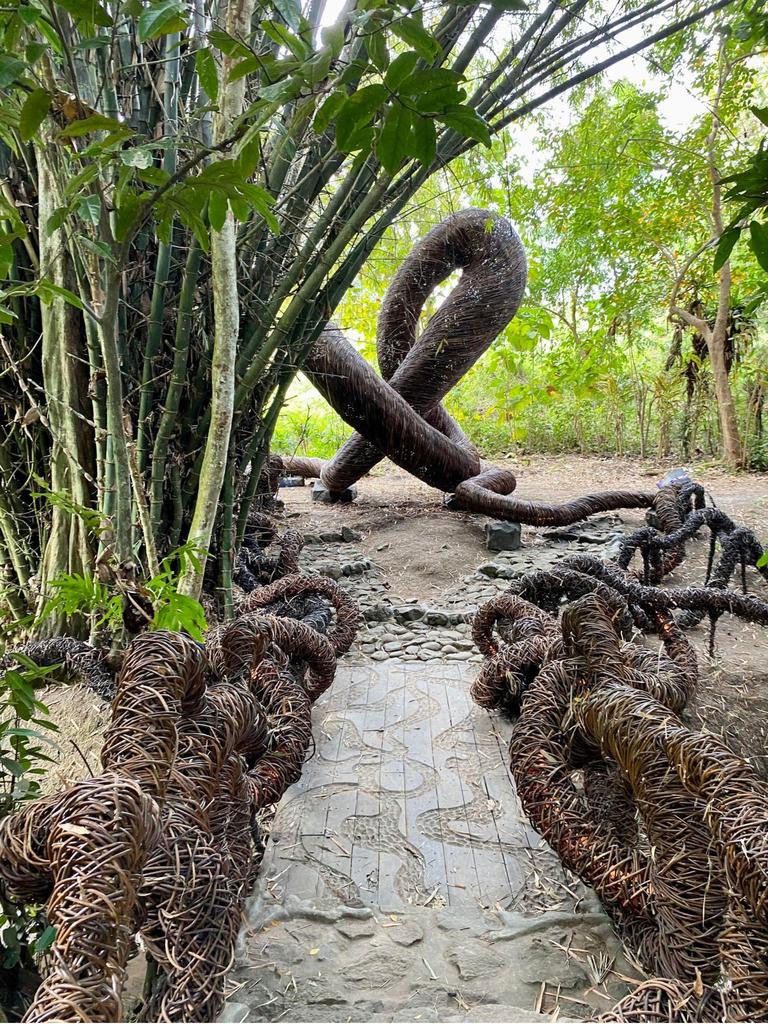
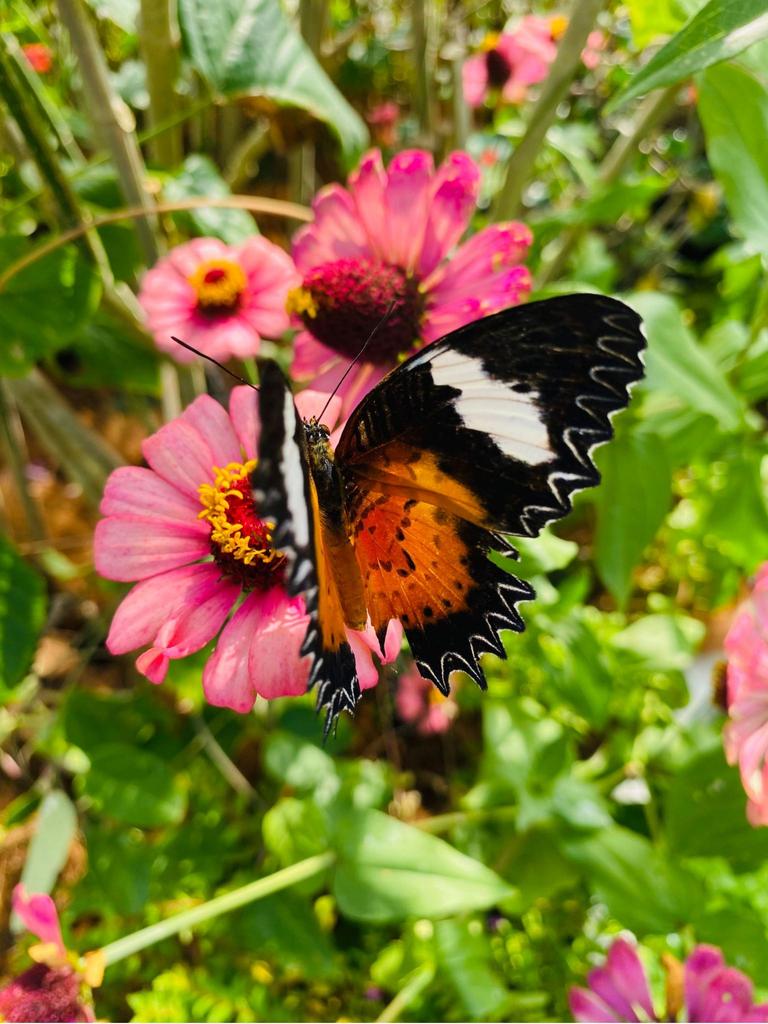
If there’s a tree in the ground, roads have been built around it, otherwise they’re replanted.
Once finished, dragonfly houses will help control mosquitoes in the region, while butterfly houses will encourage native species to thrive, including the rare Papilo Peranthus, which flutter around Nuanu in striking splashes of metallic green and black.
Suara Festival celebrates its third anniversary
Nuanu also has ambitions to bring people together en masse, and the Suara Festival has done just that, with more than 9,000 people travelling to Bali from 60 countries for this year’s event, myself included.
Meaning ‘voice’ in Indonesian, the festival aims to blend the high-energy atmospheres of festivals like Coachella and Tomorrowland with a touch of Burning Man’s artistic flair.
And with 44 hectares to play with, there’s no shortage of space for this. At a guess, you could easily fit upwards of 20,000 visitors.
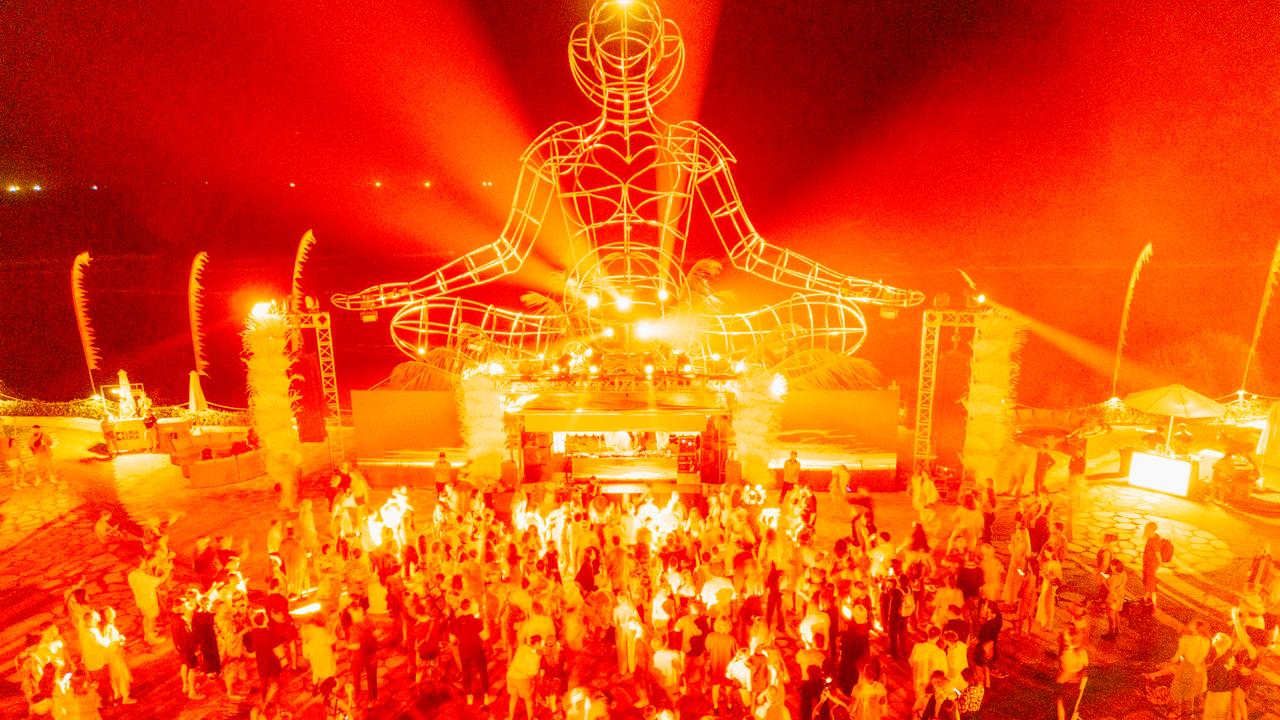
The three-day event has seen more than 100 artists perform across nine stages, with headliners including Angus & Julia Stone, HVOB and YoungR.
The vibe is honestly great. The tropical weather is a winner and around me, I hear a range of accents – Aussies, Brits, Russians, Dutch, and local Indonesians have all turned out.
And alongside the music, salsa dancing, breathwork and yoga sessions run throughout the day. There’s astrology readings, chill out spaces, market spaces, and keynote talks on sustainability.
At the Luna Beach club, another enormous statue looms over the dance floor as revellers groove barefoot on the sand, while metres away, a staircase weaves down into Utopia, an underground cave bar, completely with a bar integrated into the pool, with flamingo floaties.

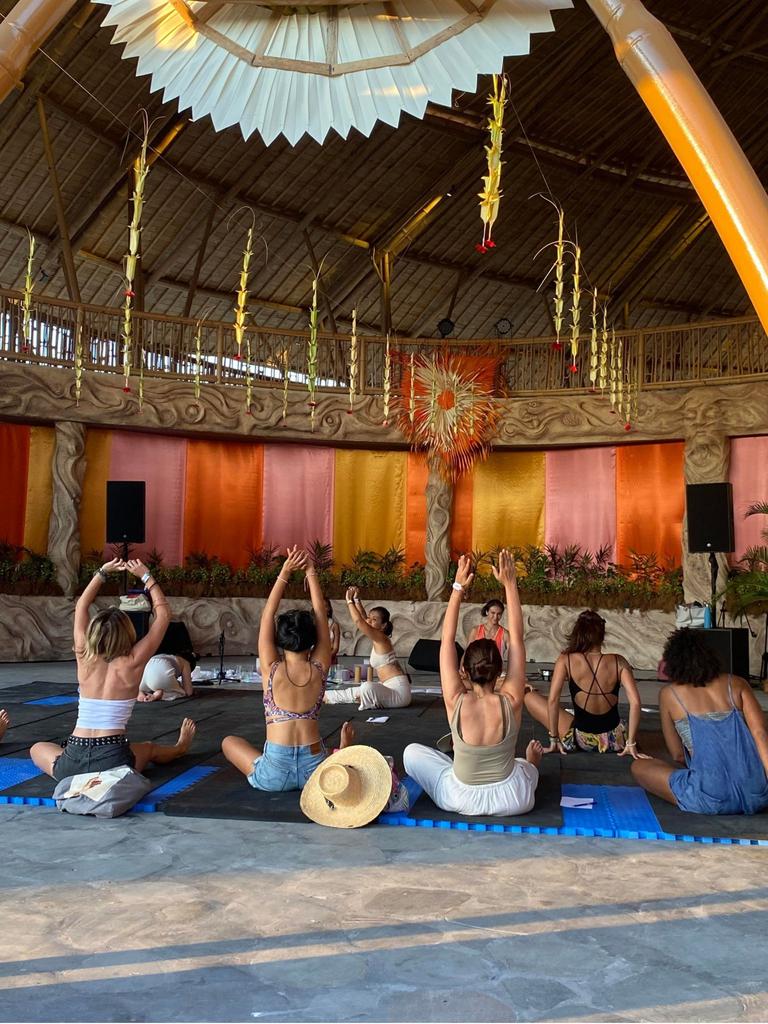
Zipping back to the main stage, Angus & Julia Stone walk out to an explosion of cheers, and there’s even a trumpet solo, before thousands are singing along to their hit “Big Jet Plane”.
Across the three days, I have to keep reminding myself I am not in Europe, I’m not even in Cypress Creek.
I’m in Bali, and Nuanu has really captured my imagination, along with the thousands of people around me.
How Russia is influencing the ‘New Bali’
Nuanu City is an impressive place to explore, and it’s not alone in the rise of internationally-backed development, including Russian investment, which is happening across parts of Bali right now, and which many are calling the “New Bali”.
In the jungle region of Ubud, Parq is another futuristic space, and another massive example of what’s to come.
Smaller in scale when compared to Nuanu, the Parq site features a hotel, coworking spaces, a day club, sauna and restaurants all woven into one, and when I visited earlier this year, it also had the “wow factor” in spades.
Also due to open in Ubud at the end of 2024 is Hidden City, another Russian-backed complex that will feature residential spaces, public recreational areas, commercial zones, and modern workspaces.
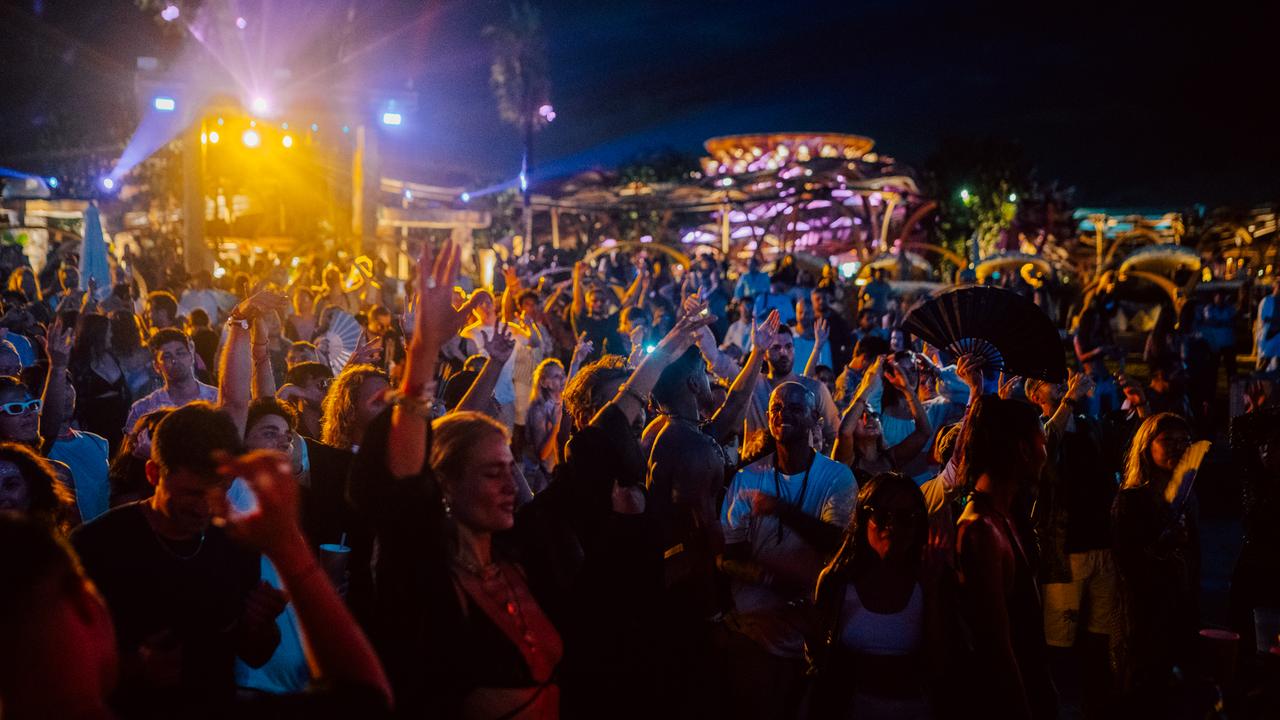
Alexey Muraviev is Associate Professor of National Security and Strategic Studies at Curtin University in Perth, and says it’s unsurprising to see so much Russian development in Bali.
“Given this sort of developed affinity towards Bali, there’s been a slow but steady build-up of the Russian expat community in Bali,” Prof Muraviev told news.com.au.
“A few Russians, obviously wealthy Russians, consider Bali as the place where they can move in and settle down.”
While Australians still top the list of foreigners to the region, there has been an influx of Russians amid the war in Ukraine, with almost 60,000 Russians arriving in Bali in 2022, and 22,500 arrivals in January 2023.
And reactions are mixed. Some say these kinds of projects are great for Indonesia’s economy after the years of the pandemic, while others believe these developments are irreversibly changing the local landscape.
Nonetheless, Prof Muraviev said Russian-backed investment is changing the kinds of tourism experiences on offer in places like Bali, now and into the future.
“From an Australian tourism perspective, it might just open up different possibilities for the kinds of reasons you might travel to somewhere like Bali,” he said.
“Some of the things I’ve seen are certainly not what I would expect to find in Indonesia.”
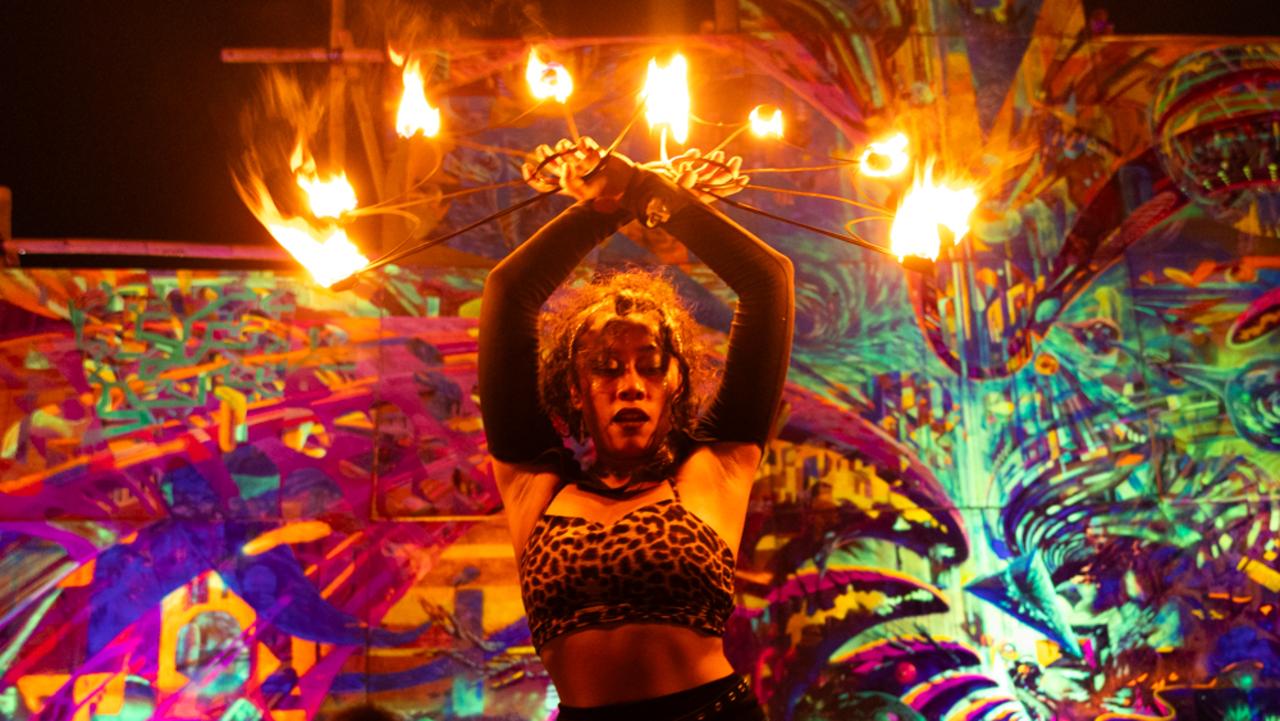
Australia’s ‘insatiable appetite’ for Indonesia
If you’re curious to explore Nuanu City, you’ll have no issues finding a flight, with Bali being the most “most popular international destination” for Aussies headed abroad on Jetstar.
In 2023, the low cost airline operated more than 16,000 flights between Australia and Bali.
“Bali is the most popular international destination on our network,” a Jetstar spokesperson told news.com.au.
“And to cater for Aussie’s insatiable appetite for the Indonesian holiday island, we operate up to around 90 return flights a week between Australia and Denpasar, departing Sydney, Melbourne, Brisbane, Perth, Adelaide, Cairns and Darwin.”
This writer travelled to Nuanu City in Bali as a guest of the Suara Festival




